Recommended Reading List For Adults Caring for Children
Books on this list have been personally read and reviewed; each also appears on recommended reading lists of CHiPPS (Children’s Project on Palliative/Hospice Services of the National Hospice and Palliative Care Organization), the American Academy of Pediatrics, Section on Pediatric Palliative Care, and/or NHPCO (National Hospice and Palliative Care Organization).
Brief descriptions of each title are intended to provide guidance concerning topics and themes. I always recommend, however, that you examine a specific book for yourself to determine its strengths, weaknesses, and suitability for the children involved in your particular situation.
-
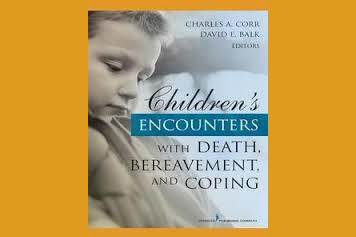
Children’s Encounters with Death, Bereavement, and Coping
This book comprehensively discusses death and grieving within the context of the physical, emotional, social, behavioral, spiritual and cognitive changes that children experience while coping with death. It presents guidelines for assisting children coping with the loss of parents, siblings, friends, or pets and provides guidelines for helping children manage their emerging awareness and understanding of death.
-
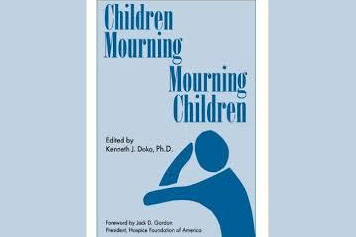
Children Mourning, Mourning Children
Initially published as a source book from a 1994 Hospice Foundation of America teleconference, the writings contained have significant relevance to parents and practitioners in their own right. Children are always developing; therefore their understandings of death and their reactions to illness and loss are also undergoing change. Children grieve in ways that are both similar and different to adults, and they need significant support as they deal with loss. This book aims to provide practitioners with skills to help children cope with loss and to reaffirm that death is part of the process of living.
-
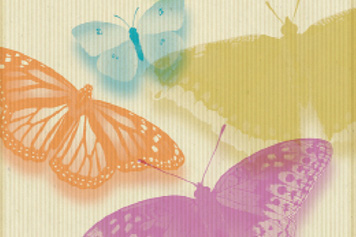
Companioning the Grieving Child
Wolfelt encourages counselors and other caregivers to aspire to a more compassionate philosophy in which the child is the expert of his or her grief—not the counselor or caregiver. The approach outlined in the book argues against treating grief as an illness to be diagnosed and treated but rather for acknowledging it as an event that forever changes a child’s worldview. By promoting careful listening and observation, this guide shows caregivers, family members, teachers, and others how to support grieving children and help them grow into healthy adults.
-

A Complete Book about Death for Kids
This easy to read and thoughtful book guides parents and provides answers to children’s difficult questions about death. It includes a section to read with children.
-

The Empty Room – Understanding Sibling Loss
The Empty Room is DeVita-Raeburn’s powerful recollection of life with her older brother Ted, diagnosed when she was six with a severe autoimmune disease from which he died when she was seventeen; woven into a larger exploration of the enormous — and often unacknowledged — impact of a sister’s or brother’s death on remaining siblings. With an inspired blend of life experience, journalistic acumen, and research training, DeVita-Raeburn draws on interviews of more than two hundred survivors to render a powerful portrait of the range of conditions and emotions, from withdrawal to guilt to rage, that attend such loss. Finding little in professional literature, she realizes that those who suffer are the experts. And in the end, it is DeVita-Raeburn and her experts who present a larger, more complex understanding of the sibling bond, the lifelong impact of the severing of that bond, and the tools needed to heal and move forward.
-
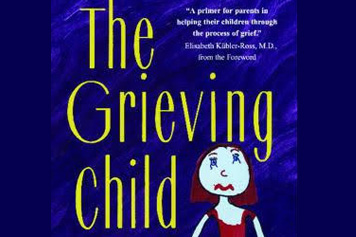
The Grieving Child: A Parent’s Guide
This book offers practical, compassionate advice for helping a child cope with the death of a loved one. Covers pre-school through teenagers including: visiting the seriously ill or dying, using language appropriate to the child’s age, selecting useful books about death, deciding whether a child should attend a funeral, and more.
-

Guiding Your Child Through Grief
This caring and compassionate guide offers expert advice during difficult days to help a child grieve the death of a parent or sibling. Based on their experience as counselors–and as parents of grieving children–the authors help readers to address the uncertainty and helpless feelings adults commonly feel as we reach out to children who mourn. Among other topics, the book addresses the many ways children grieve, often in secret; changes in family dynamics after death, and straightforward, effective ways to ease the transition; ways to communicate with children about death and grief; how to cope with the intense sorrow triggered by holidays; and signs that may indicate grief has turned to depression–and how to find help.
-

Healing Your Grieving Heart for Kids: 100 Practical Ideas
Acknowledging that death is a painful, ongoing part of life, the book affirms how it can be helpful for a child to slow down, turn inward, embrace their feelings of loss, and seek and accept support when a loved one dies. It provides ideas and action-oriented tips for children that teach the basic principles of grief and healing. Interactive activities are offered to affirm that the child’s feelings are not only normal but necessary.
-
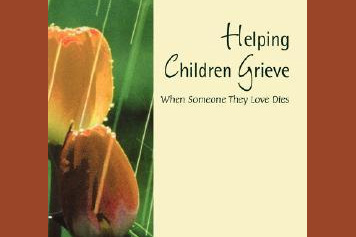
Helping Children Grieve: When Someone They Love Dies
Children are bewildered and full of questions when a grandparent, friend, sibling, or someone they love dies. The needs of a five year old are very different from those of an older child. This book explores how children at various ages understand death and offers positive ways for parents and other caring adults to help them grieve. The book offers encouragement on how to listen to children, answer their questions and guide them in coping with their feelings. It also includes ‘helps’ for dealing with the behavior changes that often accompany a child’s grief.
-
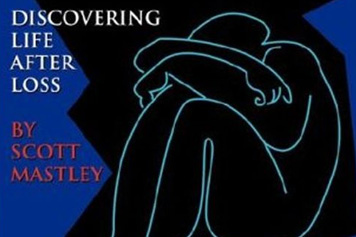
Surviving a Sibling
The death of a child, no matter how old or under what circumstances, leaves a gaping hole in a family system. Death prompts an examination of relationships, past, present, future and lost, provoking an emotional response unlike any other. The book addresses real-life examples and conversations, survey results from bereaved parents and bereaved siblings, counseling and sibling support groups as well as concrete strategies for bridging the communication gap between parents and children, among other topics.
-

Talking with Children About Loss
Through captivating stories and thoughtful analysis this book explores how to handle the difficult job of talking with children and adolescents about loss. It includes discussions of how children perceive and interpret events such as death, guiding children through the tasks of mourning, how children may express fears and fantasies about death and dying, what to do when children won’t talk about loss, and when to seek professional help. With a forward by T. Berry Brazelton.
-

Why Did You Die? Activities to Help Children Cope with Grief and Loss
A helpful, book for parents raising a child who has suffered the loss of a loved one. The first section addresses a child’s grief process, and what can most commonly be expected; the second offers activities for sharing with a grieving child, most of which adopt an art therapy approach. One such exercise has a short story about angry feelings that can be shared or read aloud, and a blank space with the instructions “In the space below, draw a volcano erupting. In the lava flow, write the feelings that are erupting from the volcano.” A secular guide compatible with families of all faiths.
